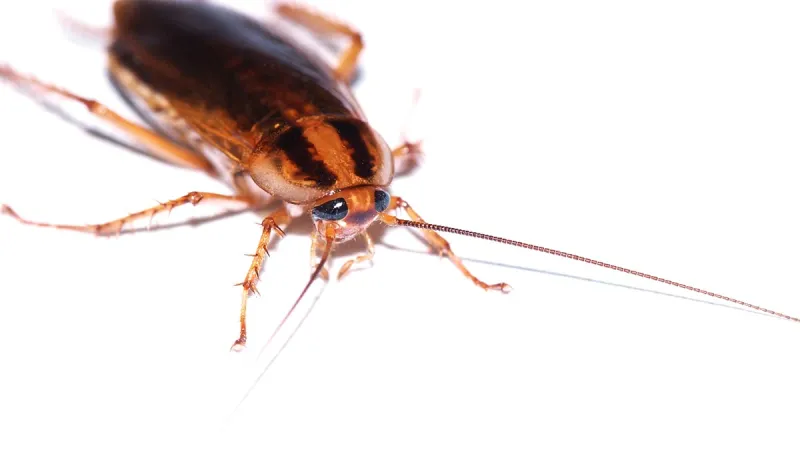
German Cockroach Information

German Cockroaches
The German cockroach, scientifically known as Blattella germanica, is a notorious pest that is widely recognized for its ability to infest homes, businesses, and other structures. Small in size but prolific in reproduction, German cockroaches can quickly establish large populations and pose significant health and sanitation risks. BREDA Pest Management has extensive knowledge of the German cockroach, including its habits, identification, and effective control measures.
More about German Cockroaches
The German cockroach is a nocturnal insect that is most active during the night. It prefers to live in warm and humid environments, such as kitchens, bathrooms, and areas with access to food and water. It is an omnivorous scavenger, feeding on a wide variety of organic materials, including food scraps, grease, soap residues, and even pet food.
One of the most notable characteristics of the German cockroach is its rapid reproduction rate. Females can produce multiple egg capsules (oothecae) during their lifetime, each containing up to 40 eggs. These egg capsules are carried by the female until they are ready to hatch, at which point she will deposit them in a suitable location. This reproductive capability allows German cockroach populations to grow exponentially in a short period of time.
The German cockroach is a small species of cockroach, measuring about 0.5 to 0.6 inches in length. It has a light brown to tan coloration, with two dark stripes running longitudinally on the pronotum (the plate-like structure covering the thorax). It has six legs, two long antennae, and two pairs of wings, with the hind wings being larger than the front wings.
One of the key features for identifying the German cockroach is the presence of the two dark stripes on the pronotum. These stripes are parallel and extend from the head to the base of the wings. The German cockroach also has a slender and elongated body shape, allowing it to easily hide in narrow cracks and crevices.
Effective control of German cockroach infestations requires a multi-faceted approach. It is important to implement good sanitation practices, including regular cleaning, proper food storage, and elimination of water sources. Cracks and gaps in walls, floors, and appliances should be sealed to prevent cockroach entry points.
Insecticide treatments are often necessary for controlling German cockroach populations. Cockroach baits, sprays, dusts, and insect growth regulators can be used to target adult cockroaches and disrupt their reproduction. It is important to use insecticides safely and according to label instructions, and to rotate between different types of insecticides to avoid resistance.
Integrated pest management techniques, such as trapping and monitoring, can also be employed to detect and monitor German cockroach populations. This can help determine the severity of the infestation and the effectiveness of control measures.
Professional pest control services may be needed for severe or persistent infestations. Pest control professionals, like BREDA Pest Management, have the knowledge, experience, and tools to effectively identify, treat, and prevent German cockroach infestations.
The German cockroach is a persistent and prolific pest that can pose significant health and sanitation risks. Understanding its habits, identification, and effective control measures is crucial for successful pest management. By implementing good sanitation practices, using insecticide treatments, and employing integrated pest management techniques, homeowners and property managers can effectively control and prevent German cockroach infestations. Contact us today to learn how BREDA Pest Management can help you!



